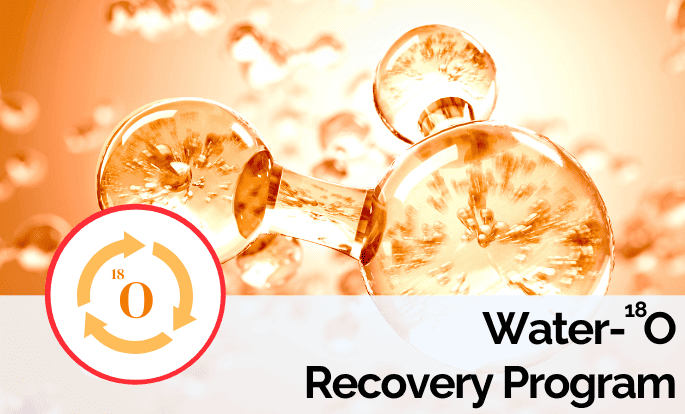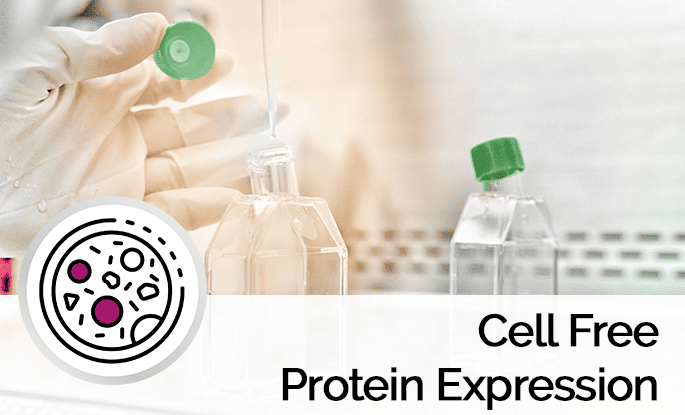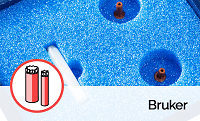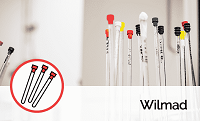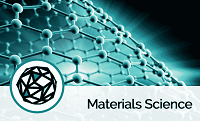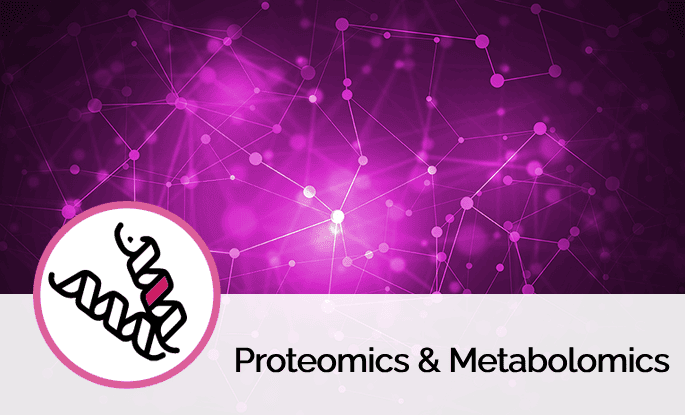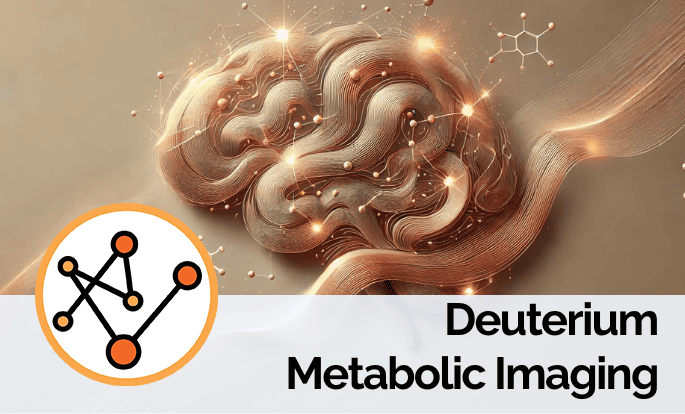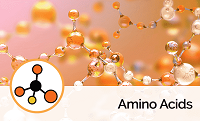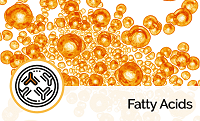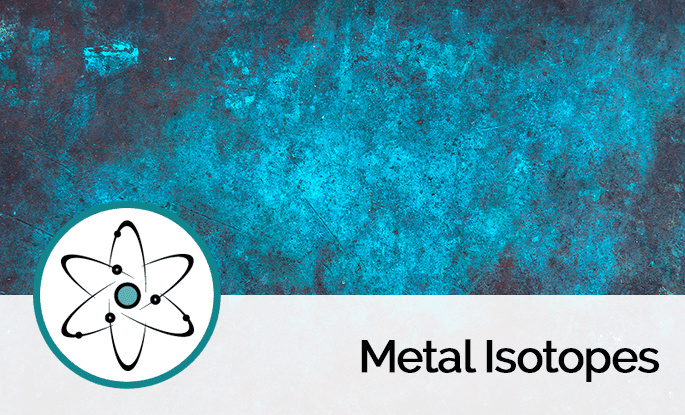Synthetic peptides are typically used as standards and reagents in mass spectrometry (MS) or Nuclear Magnetic Resonance (NMR)-based applications. The use of labeled synthetic peptides plays a central role in discovery, characterization and quantification of proteins when using approaches such as AQUA, PSAQ and QconCAT.
Solid-phase peptide synthesis (SPPS) is the standard method for high-throughput peptide production and enables the synthesis of natural peptides as well as the incorporation of unnatural, modified or stable isotope enriched amino acids.
SPPS occurs by activating and coupling the carboxyl group of an amino acid to the N-terminus of a growing peptide attached to an insoluble resin support. The a-amino group and reactive side chains of the incoming residue need to be temporarily protected to avoid undesired reactions. The two main a-amino protective groups are 9-fluorenylmethoxycarbonyl (Fmoc) or tert-butoxycarbonyl (tBoc). Fmoc protecting groups can be easily removed with a dilute base such as piperidine while tBoc protecting groups are removed with a mild acid which can also cleave the peptide from the solid support. Fmoc peptide synthesis is a gentler method than tBoc since the peptide chain is not subjected to acid at each cycle. It has therefore become the major method employed in commercial automated peptide synthesis.

General Scheme for Solid Phase Peptide Synthesis
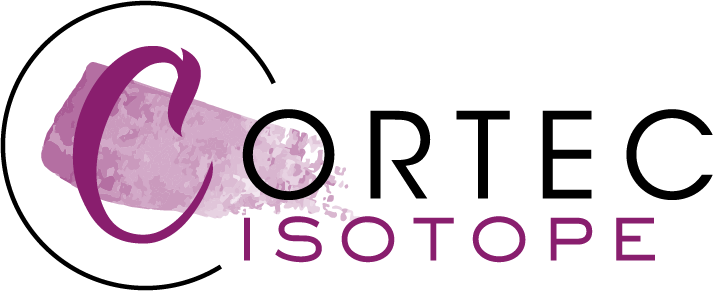
Cortec Isotope is pleased to offer a wide range of 13C, 15N Fmoc and tBoc protected amino acids including L-Arginine and L-Lysine. All products have been manufactured following Standard of Operation Procedures (SOP) and are available from stock. Other selective and uniform labeling schemes are also available and are typically prepared with the specifications listed in the table below.
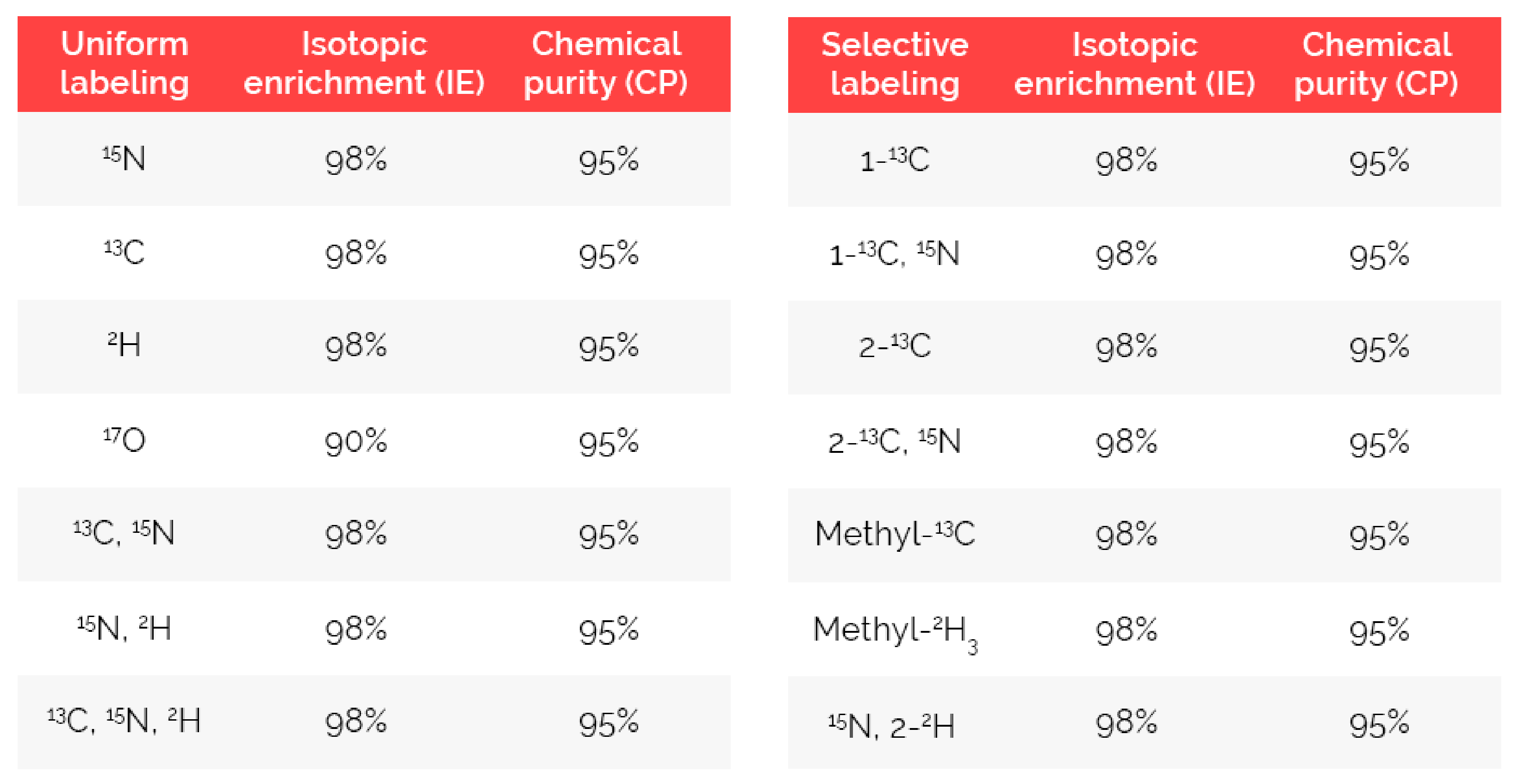
Cortec Isotope proposes to help you label your protein. For inquiry, please contact our labeled protein expression platform.



